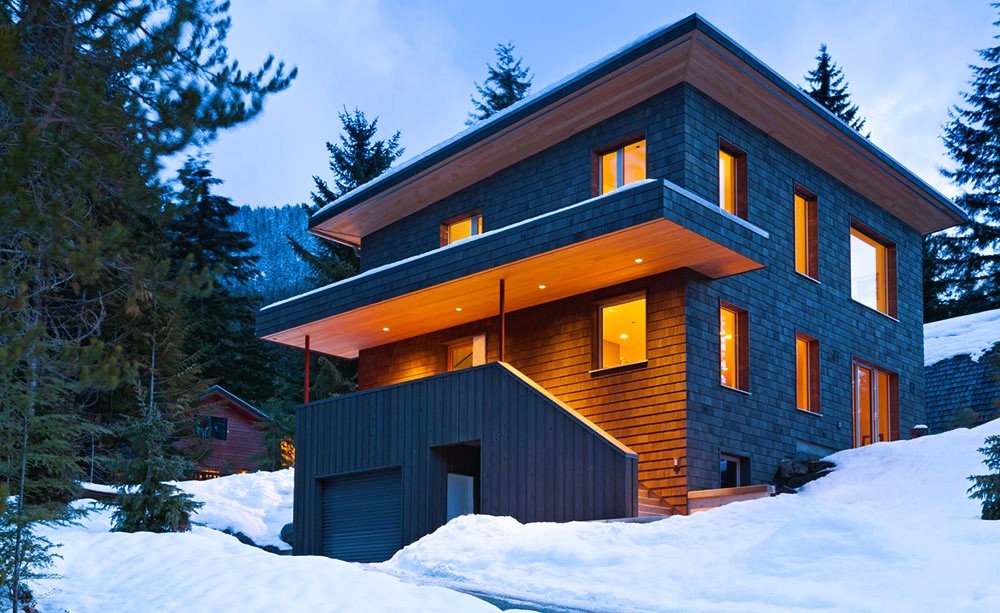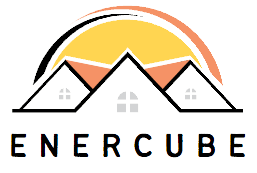Windows are an essential part of any home, providing natural light, ventilation, and views. However, they can also be a significant source of heat gain or loss, leading to increased energy consumption and discomfort. To address these issues, various energy-efficient window technologies have been developed to help control heat transfer and improve overall energy efficiency. In this article, we will explore some of these technologies and their benefits in terms of heat control. By understanding the available options, homeowners in Calgary can make informed decisions when choosing energy-efficient windows for their homes.
- Low-E Coatings
Low-emissivity (Low-E) coatings are thin, virtually invisible layers applied to window glass to reduce heat transfer. These coatings work by reflecting heat back to its source, either inside or outside the home, depending on the season. Low-E coatings help to minimize heat loss during winter by reflecting indoor heat back into the room, while also reducing heat gain during summer by reflecting outdoor heat away from the window. By controlling the transfer of heat, Low-E coatings contribute to improved energy efficiency and enhanced comfort.
- Insulated Glass Units (IGUs)

Insulated Glass Units, commonly known as double or triple glazing, consist of multiple glass panes separated by an air or gas-filled space. The air or gas acts as an insulating barrier, reducing heat transfer between the inside and outside of the home. The space between the glass panes can be filled with gases such as argon or krypton, which have higher insulating properties than air. IGUs provide better insulation compared to single-pane windows and contribute to energy savings and improved thermal comfort.
- Thermal Breaks
Thermal breaks are interruptions in the window frame’s conductive materials, typically made of materials with low thermal conductivity. They create a barrier that reduces the transfer of heat through the frame. Thermal breaks help minimize heat loss or gain, especially in aluminum window frames, which are otherwise highly conductive. By incorporating thermal breaks, windows can achieve better energy efficiency and thermal performance. We have an interesting article on the role of low-e coatings in the energy efficiency of windows.
- Tinted or Reflective Films
Tinted or reflective films are applied to window glass to reduce the amount of solar heat entering the home. These films are designed to absorb or reflect a portion of the sun’s heat and UV radiation, helping to control heat gain and glare. Tinted films provide an added level of privacy while also reducing the need for excessive cooling during hot summer months. Reflective films are particularly effective in reducing solar heat gain, as they reflect a significant portion of the sunlight away from the window.
- Gas Fills
In addition to the insulating properties of multiple glass panes, the space between them can be filled with gases that have higher insulating properties than air. Argon and krypton are commonly used gases in energy-efficient windows. These gases reduce convective heat transfer, improving the window’s overall insulation performance. By incorporating gas fills in IGUs, windows can achieve enhanced thermal efficiency and better control of heat transfer.
To learn more about window energy efficiency standards and regulations in Canada, you can refer to the official website of the Government of Canada on energy efficiency: Canada.ca Energy Efficiency.
Smart Window Technology
Smart window technology is an innovative approach to energy-efficient windows. These windows are designed to dynamically control heat transfer based on external conditions. Smart windows can automatically adjust their tint or transparency in response to sunlight or temperature changes. They utilize technologies such as electrochromic, thermochromic, or photochromic materials to modify the window’s optical properties. By adapting to changing conditions, smart windows help to optimize natural light, control heat gain, and reduce the reliance on mechanical cooling systems.
Spectrally selective coatings are designed to allow certain portions of the solar spectrum to pass through while reflecting others. These coatings can selectively filter out infrared and ultraviolet (UV) radiation while allowing visible light to transmit. By blocking the infrared portion of the solar spectrum, spectrally selective coatings help to reduce heat gain while maintaining natural light. This technology provides an effective solution for controlling heat transfer and improving energy efficiency in windows.
Framing Materials

The choice of framing materials also plays a role in heat control. Different materials have varying levels of thermal conductivity, which affects their insulation properties. Wood, vinyl, and fiberglass frames typically have lower thermal conductivity compared to aluminum frames. Opting for frames with higher insulation properties can help reduce heat transfer through the window system, contributing to improved energy efficiency and thermal performance.
Energy Performance Ratings
When choosing energy-efficient windows, it is important to consider their energy performance ratings. These ratings provide an indication of a window’s overall energy efficiency based on factors such as U-factor, Solar Heat Gain Coefficient (SHGC), and Visible Transmittance (VT). U-factor measures the rate of heat transfer through a window, while SHGC represents the amount of solar heat that enters through a window. VT indicates the amount of visible light transmitted through the window. Look for windows with low U-factor and SHGC values and high VT values for optimal energy efficiency and heat control.
Professional Installation
Proper installation is crucial to ensure the effectiveness of energy-efficient window technologies. A poorly installed window can compromise its insulation properties and overall energy efficiency. Hiring a professional window installer experienced in energy-efficient solutions is recommended to ensure a proper and airtight installation.
In conclusion, energy-efficient window technologies offer significant benefits in terms of heat control, energy savings, and thermal comfort. Low-E coatings, insulated glass units, thermal breaks, tinted or reflective films, gas fills, smart window technology, spectrally selective coatings, and framing materials all contribute to improved energy efficiency and heat transfer control. By understanding these technologies and their advantages, homeowners in Calgary can make informed decisions when selecting energy-efficient windows for their homes, leading to reduced energy consumption, increased comfort, and long-term cost savings.
